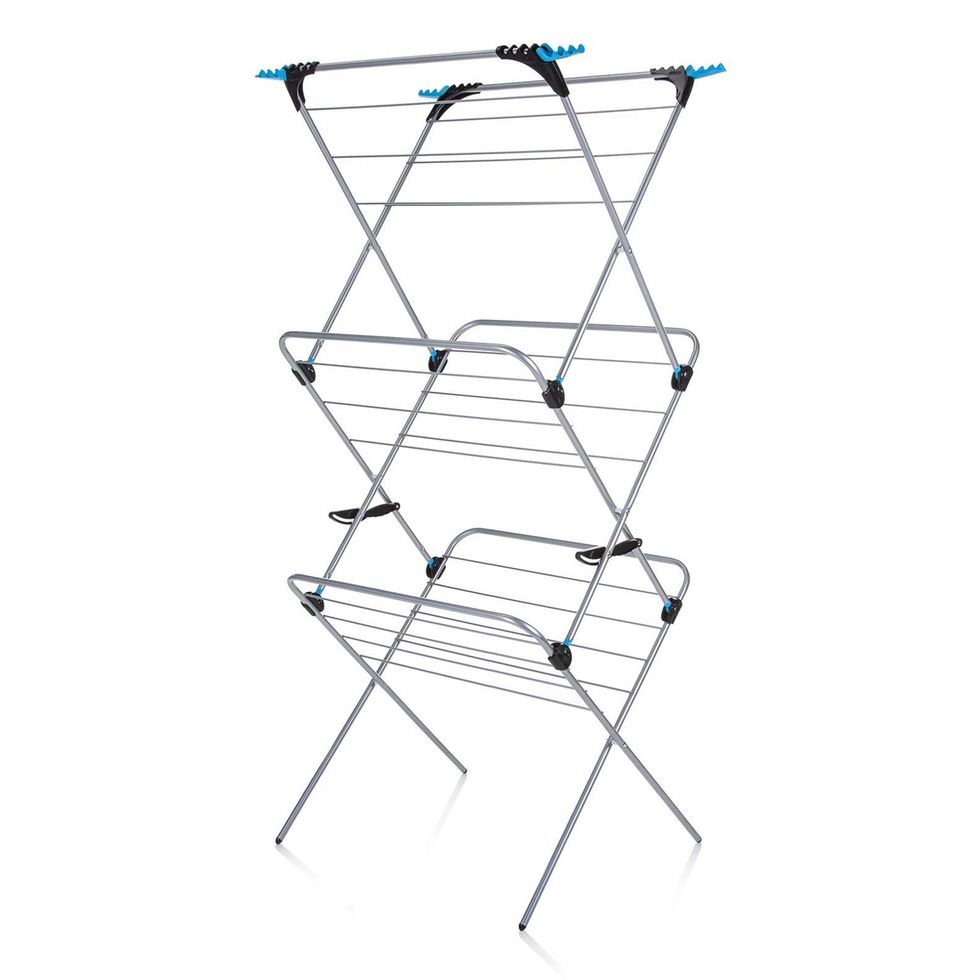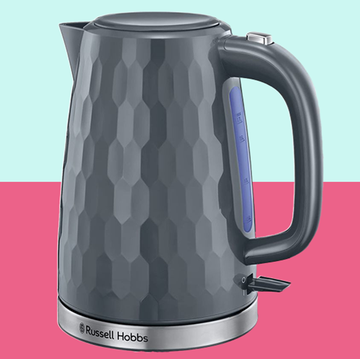Have you noticed lately that your laundry isn’t coming out quite right? Maybe your clothes feel rougher, your towels don’t fluff up like they used to, or worse, they don’t even smell fresh. If that sounds familiar, you're not alone.
I’ve made just about every laundry mistake in the book. Overloading machines, using way too much detergent, neglecting the lint trap in the dryer, and turning the temperature up too high ( I think of that vintage green wool jumper I shrank almost every day).
Over time, these laundry bad habits can not only impact your clothes’ longevity, but also cost you time and money. The good news? They're easy to fix, and once you do, you’ll be amazed at how much better your laundry looks, feels and smells.
What to read next
These are the most common laundry mistakes we make and what to do instead.
Overloading the washer or dryer
Doing all your laundry as quickly as possible is tempting. But stuffing too many pieces in at once leads to poor cleaning and longer drying times. This means you're wasting more energy, with less effective results and causing wear on your machine. So, lessen the load a little – a quick fix that could avoid some pricey consequences.
Using too much detergent
Ever had a washing machine with an odd stale odour? It might be your laundry habits. Excess detergent can leave residue not only on your clothes but also in your machine. This can cause build-up that leads to odours and inefficient washing. So, make sure you stick to the amount recommended on the back of your detergent. Leaving the door of your machine open after a load to allow it to air out is also a good habit to get into.
Oh, and avoid using fabric softener on your towels, microfibres, sportswear and flame-resistant and water-resistant clothes, as it coats the fibres in oil, affecting their moisture-wicking and self-extinguishing ability.
Buttoning up
Zippers and buttons might seem harmless, but they can wreak havoc on other clothes or on themselves in the wash. An open zipper is a snagging nightmare waiting to happen, while a fully zipped one puts unnecessary strain on its own teeth and fabric. The solution? Zip it halfway. It’s a small step that makes a big difference.
And those neatly buttoned shirts? They might look tidy, but all that tension during the wash can stretch buttonholes and loosen threads. So, make sure to unbutton before you add them in.
Ignoring care labels
Yes, it's an obvious one, but it's worth saying again. Remember that gorgeous green jumper I mentioned? Well, this is where I went wrong. I machine washed a piece that should only be hand washed, essentially boiling the wool until it was the perfect size for a toddler. Not following the fabric care instructions can shrink, fade or damage your clothes, forcing you to replace them sooner or ruining sentimental pieces. So make sure you check what material your favourite pieces are made from and how to care for them.
Washing at too high a temperature
Hot water may seem like the best option for killing bacteria, but isn’t always necessary. It can fade colours, shrink fabrics, as well as increase your energy bill unnecessarily.
Unless you're dealing with heavy soiling, the most efficient temperature to run your machine on for cleaning – while also protecting – your clothes, is 30°C.
Not cleaning your machine
Washing your washing machine may seem unnecessary, but it can make a big difference to your laundry. Neglecting it can lead to detergent and fabric softener buildup, trapped dirt and moisture. All of which create the perfect breeding ground for mould, mildew and bacteria. Not exactly the kind of environment made for cleaning.
This build-up can lead to unpleasant odours as well as the transfer of grime back onto your clothes, defeating the whole object. To keep your machine in tip-top shape, run a cleaning cycle once a month using a dedicated washing machine cleaner, or use a simple DIY mix of white vinegar and baking soda (approx. 2 cups of white vinegar to 1/2 cup baking powder). Wipe down the drum and rubber seals and leave the door or lid open to let it dry completely. This will not only mean cleaner clothes, but will help extend the lifespan of your machine.
Skipping lint trap cleaning
This is one a lot of people overlook, and it can have serious repercussions. A clogged lint trap in the tumble dryer not only reduces the efficiency of your machine, leading to longer drying times and potential repairs down the line, but, more seriously, it can also be a fire hazard.
Many manufacturers recommend cleaning after every cycle. Once the machine has cooled down, remove the filter – it can usually be found at the base of the door. Simply slide up and out and open like a book to remove fluff. Remove the lint by hand or with a microfibre cloth. To deep clean, rinse under the tap and scrub any dirt away gently with a brush. Leave to air dry before replacing.
Putting everything in the dryer
When you're time-poor, it's easy to just bundle a load straight from one machine to the other. However, this could damage or shrink certain items. Your favourite knits and materials such as silk, wool, lace, chiffon, cashmere and rayon should always be air dried to be on the safe side.
Heat breaks down elastic fibres and sweat-wicking properties in active wear, so always pop your gym gear out on the line or on an airer. This will help to extend the life of your clothes plus it saves on energy costs.






















